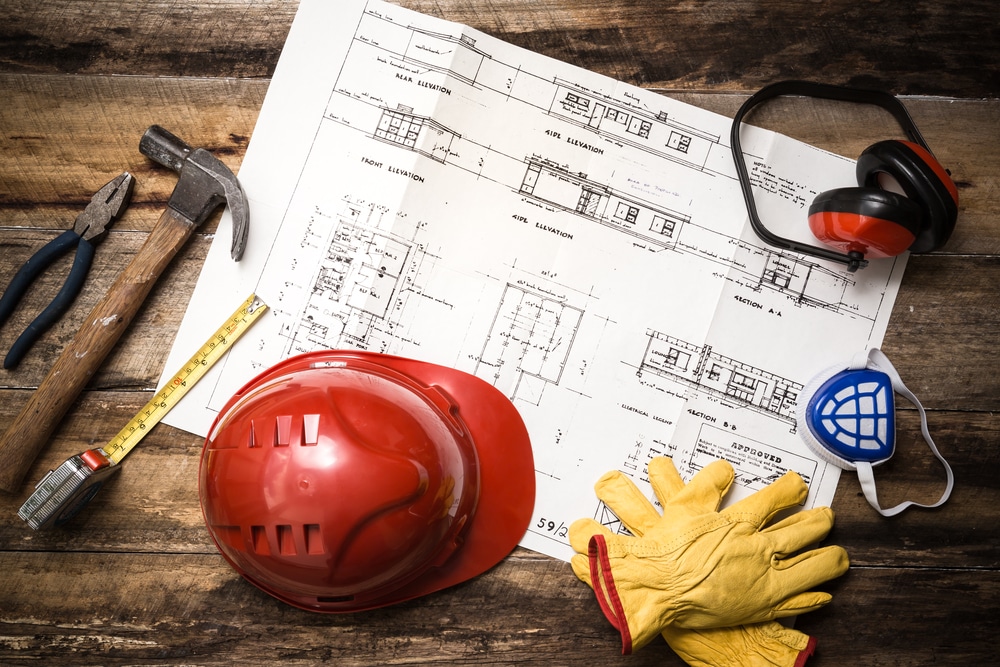Every employer has a duty to continually improve working conditions for their employees to minimise the risk of occupational injury or illness. The latest tool to help employers reach this goal is a technique called ‘health surveillance’.
At the most basic level, health surveillance is the process of monitoring environmental factors to identify health risks posed to employees. More specifically, health surveillance typically involves regular routine employee health checks, such as hearing and sight checks, lung function testing and skin irritant assessments.
A health surveillance programme relies on technology and general observation to pinpoint hazards and provide early warning, allowing your team to take immediate action to further reduce those risks. Although the employer is responsible for setting up a health surveillance programme, everyone can play a part in making relevant observations and escalating concerns.
Where to use health surveillance systems?
To ensure employee health is safeguarded, virtually any construction or refurbishment project should have some kind of supporting health surveillance regime. Any site that uses equipment with a vibrating element that generates significant levels of noise or dust, or even potentially exposes workers to irritants and harmful substances, should include health surveillance as part of the associated risk assessment.
It is important to note that not every employee needs to have their health routinely monitored. Your risk assessment should identify those employees most at risk of developing work-related health issues, and then you’ll need to arrange to have those individuals monitored regularly. Your competent person, whether an in-house individual or an external adviser, will need to partner with a professional to carry out some of the measurements.
The HSE does not outline any specific timescales for testing, but research by the University of Loughborough provides some recommended surveillance windows, depending on the conditions being monitored for. These are summarised here.
How does health surveillance apply to specific conditions?
Just as every risk assessment is tailored to identifying hazards associated with specific activities, so too will your health surveillance provisions. Employees at risk of hearing damage will not necessarily need to have their skin assessed, for instance.
Here are some scenarios for which you should build health surveillance initiatives.
Dust exposure
Workplace dust causes a range of potentially fatal diseases, particularly pneumoconiosis. These conditions are characterised by the accumulation of dust and debris in a worker’s lungs that causes breathing problems and scarring of the lungs, with potentially fatal outcomes. When asbestosis dust is involved – a particular hazard in refurbishment projects – workers also risk developing various cancers and mesothelioma.
Because pneumoconiosis and silicosis (another dust-related lung disease) are irreversible, you have a responsibility to prevent employees from developing such conditions.
According to Loughborough University’s recommendations (www.lboro.ac.uk, search for ‘health surveillance’) employees at risk of developing work-related respiratory diseases need to have lung function tested when they first start on-site.
For high-risk roles, they should be re-tested within 12 weeks, six months and every year thereafter. In between tests, employees will need to raise any health concerns they have with their line manager.
Hand and Arm Vibration Syndrome (HAVS)
The use of power tools on construction sites has led to an increase in hand–arm vibration injuries, known as HAVS. Any worker using power tools such as angle grinders or pneumatic drills risks developing this extremely painful condition, which can damage blood vessels, nerves and joints.
HSE estimates that nearly two million UK workers are at risk of developing the condition. Although HAVS is a preventable condition, it cannot be cured, emphasising the importance of health surveillance in proactively protecting the health of workers.
Any worker exposed to vibrations exceeding an average of 2.5 m/s2 should be asked about their work history to help establish a baseline. And they should then be assessed each subsequent year to see whether there has been any progression of it. Where concerns are raised, your business will need to put further protective measures in place to protect workers.
Health surveillance is a vital part of your duties to your employees, and there is no room for mistakes. To learn more about developing a health surveillance programme, please get in touch with Veritas Consulting for free advice.
David Cant – Veritas Consulting
www.veritas-consulting.co.uk


